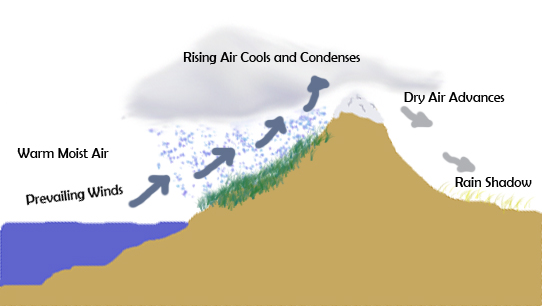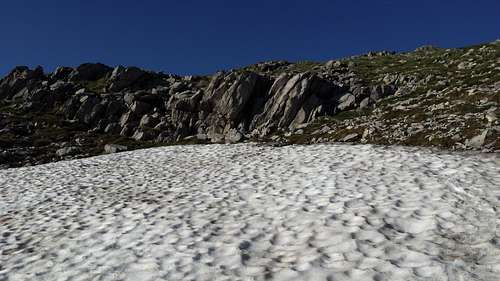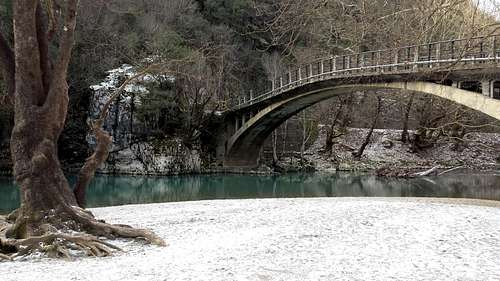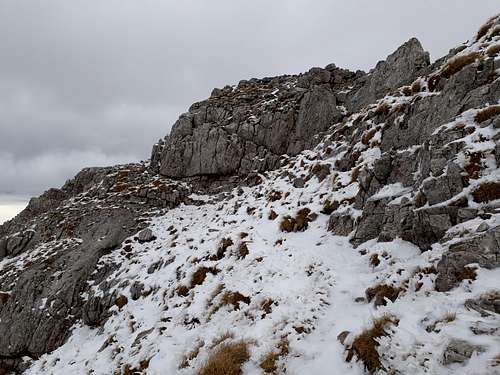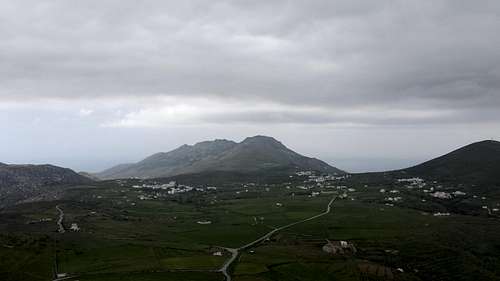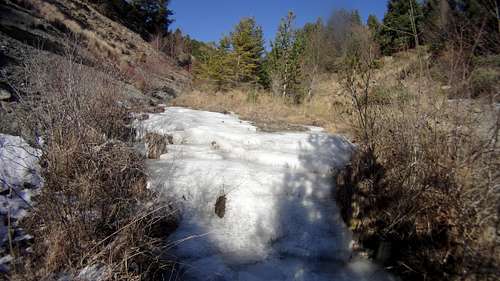-
 11698 Hits
11698 Hits
-
 73.06% Score
73.06% Score
-
 3 Votes
3 Votes
|
|
Article |
|---|---|
|
|
Hiking, Mountaineering, Bouldering, Ice Climbing, Big Wall, Scrambling, Canyoneering, Skiing |
Introduction
Greece due to its location always has and had unpredictable weather patterns, this article will shed some light into the relative weather conditions such it will help you plan your hiking, mountaineering, and skiing trips in Greece. The weather here is known to be Mediterranean climate effected by time specific conditions and relative locations as well as a plethora of microclimates. Greece shows some general weather patterns by region (each region is about 1/4th of the country) but that is not specific enough.
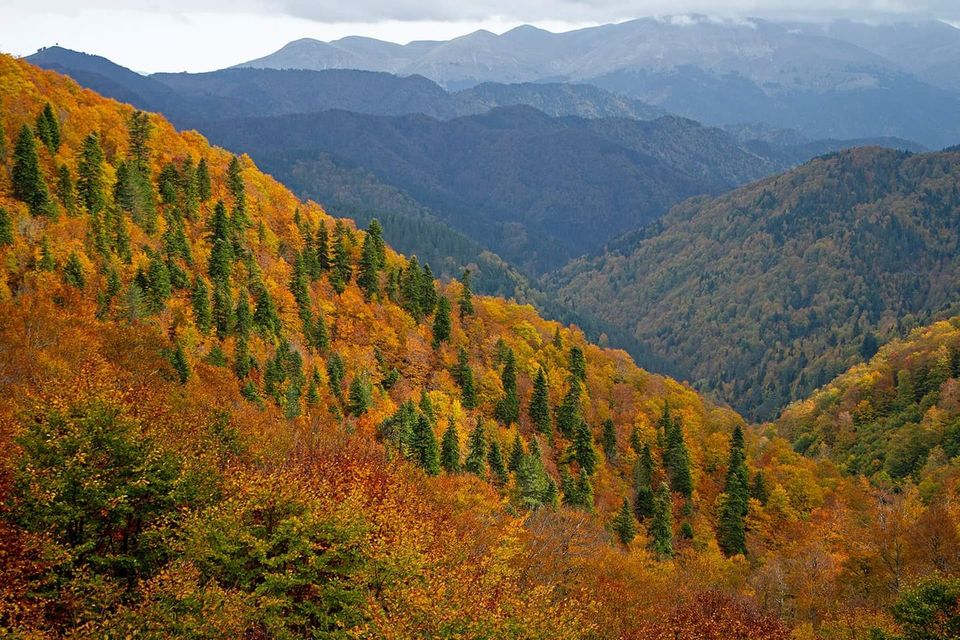 |
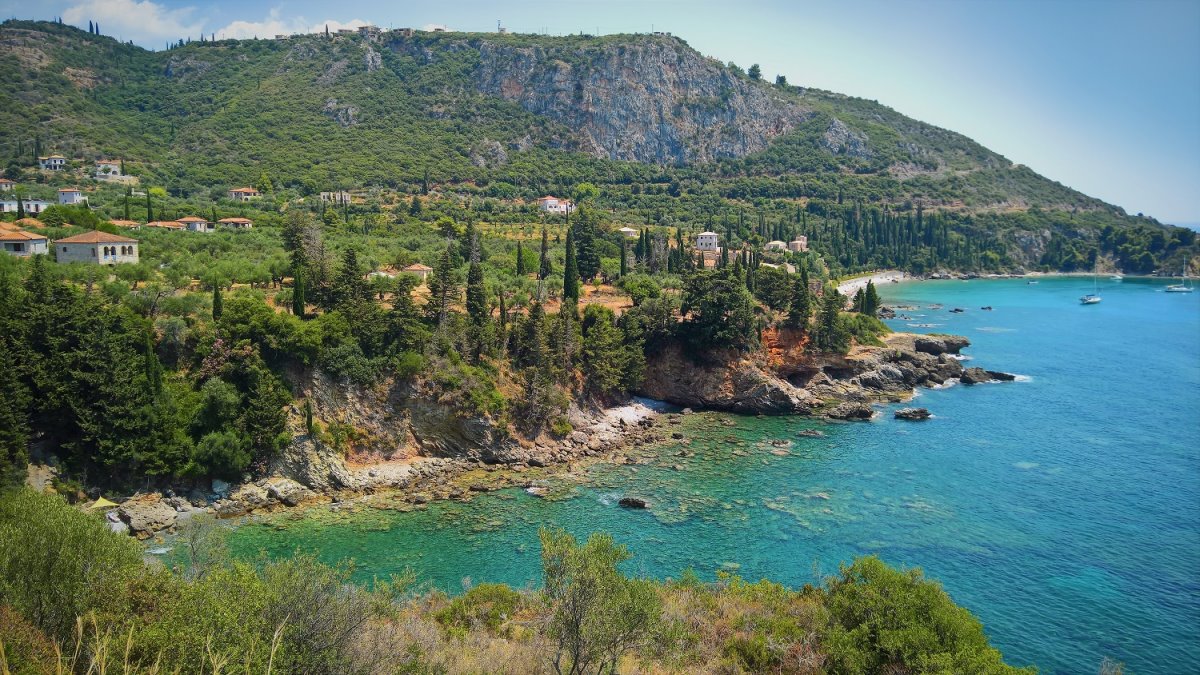 |
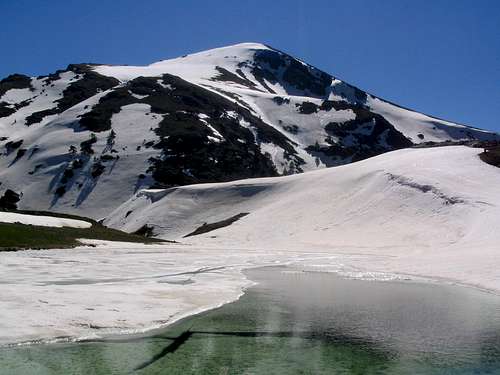 |
General Weather Patterns in Greece
Since the Pindus mountains exist there exists a weather divide. We can mark the peak of Kakarditsa in the Athamanika mountains east of Ioannina as the middle most Pindos peak, being the natural weather barrier. In general, all locations west of this peak get way more rainfall and more humidity, a great example of this is a comparison of an island in the Ionian Sea with one in the Aegean. This happens due to the rain shadow effect.
The same effect can be seen with Sporades islands, due to the elevation of Dirfis mountain, Pilio mountain and the peaks of Profitis Hlias in both Tinos and Andros islands. Thus, warm, and humid storms heading westwards from the Aegean Sea generally get blocked by these mountains and rarely reach Athens, the Lamia Plain, or the East coast of the Peloponnese. This effect is finally seen in the Peloponnese, with some of its high peaks creating a wet/dry divide across the region.
So, thus in general, we conclude that that the West is more wet, and the East is more arid.

In the annual rainfall map of Greece provided by ESDAC we can clearly see this effect in play, whereas the general location of the Pindos mountains and certain key peaks around the country (Rodopi, Olympus, Dirfis and others) play a deterministic role in how precipitation develops.
Additionally, certain microclimates (for rain only) are also quite noticable, for example, Olympus is much wetter than the surroinding area, same can be said for Rhodes, Rodopi, Dirfirs and, Leyka Ori in Crete.
Climates of Greece
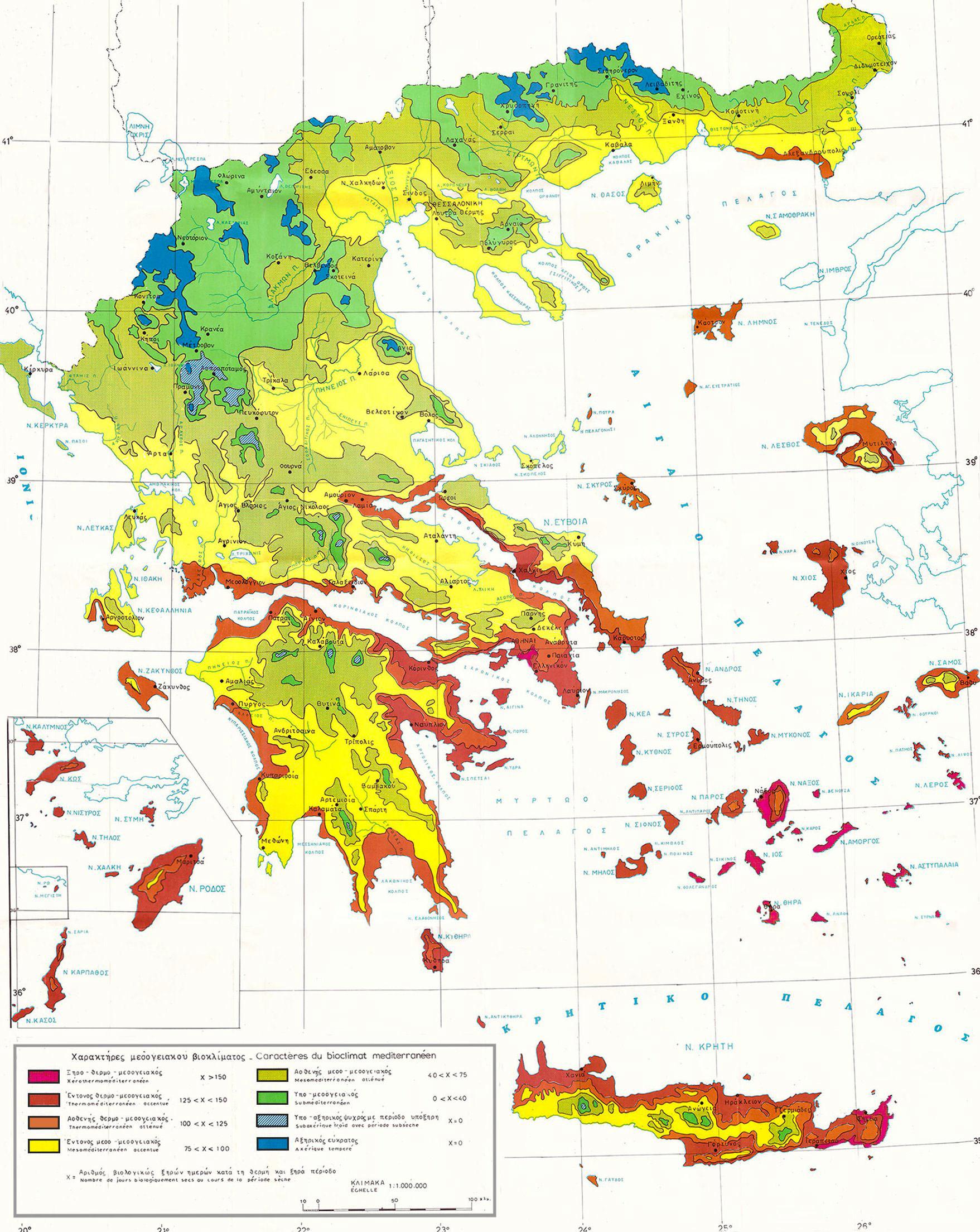
The climate of Greece as a whole is Mediterranean, so that is the general climate if you do not want to go any further. However, there is great variety of localized climates across the country, this both a result of the geography of the country and weather patterns in the region. On the left we have the climatic map of Greece which breaks down the country into 8 climate regions, they follow.
Purple: Arid Mediterranean - e.g. Amorgos Island. Most plants are shrubs.
Orange: Hot Mediterranean - e.g. Korinth. Most plants are shrubs and small trees.
Clay Orange(?): Weak Hot Mediterranean - e.g. Kalamata. Ample low water trees e.g. olives and oranges.
Yellow: Strong Mid Mediterranean - e.g. Tripoli. Ample low water trees e.g. olives and oranges some conifers.
Oil Green: Weak Mid Mediterranean - e.g. Thessaloniki. Same as above but with more confiers due to rain.
Green: Sub Mediterranean - e.g. Florina. Usually wet and cold climate, lush forests of conifers.
Light Blue: Sub Temperate - e.g. Pramanta. Lush forests at low elevations, less vegitation due to cold. Microclimates usually near large mountains. Most prominent in North Pindos. This is Greek Alpine.
Dark Blue: Temperate - e.g. Metsovo. Much larger forests of conifers due to much higher rainfall. Usually at lower elevations and near river valleys. Mountain terrain is less extreme.
Photos from Climate Regions
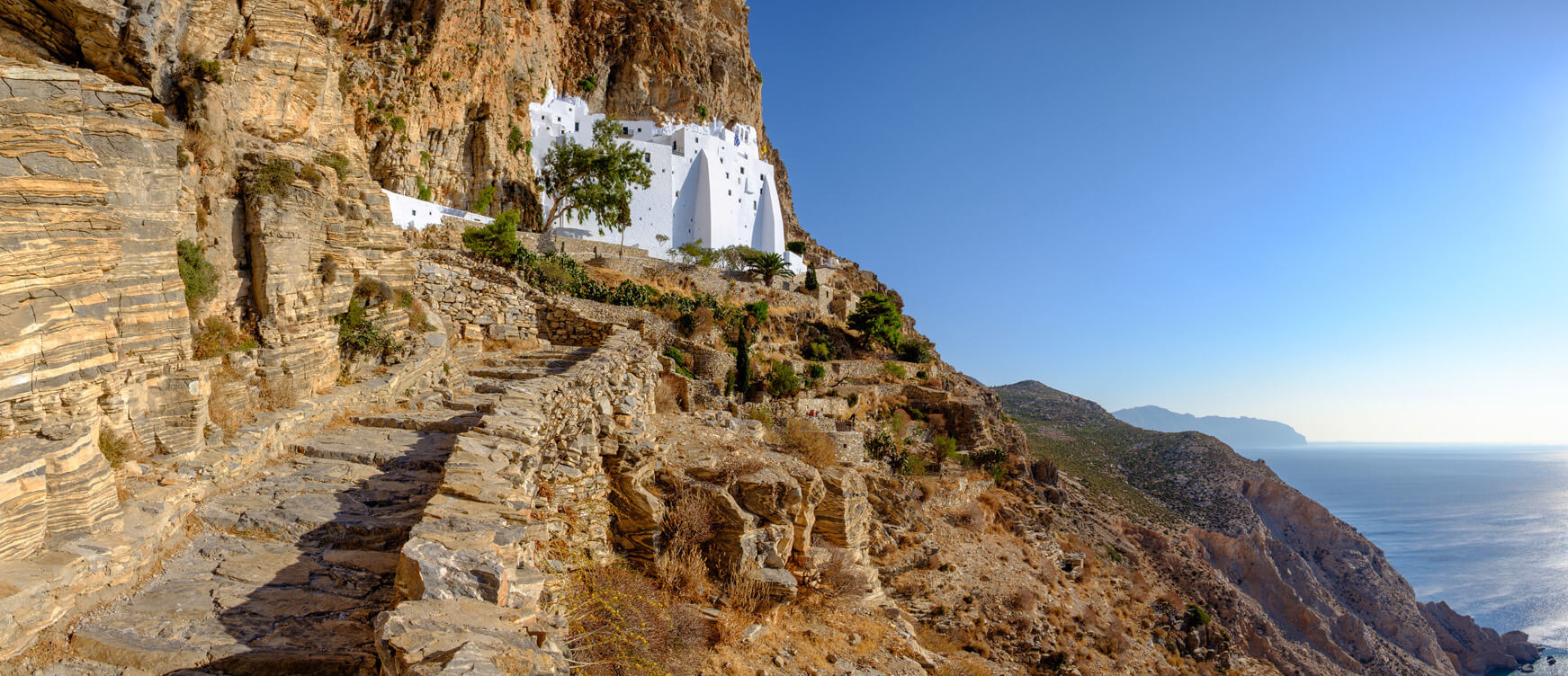
|
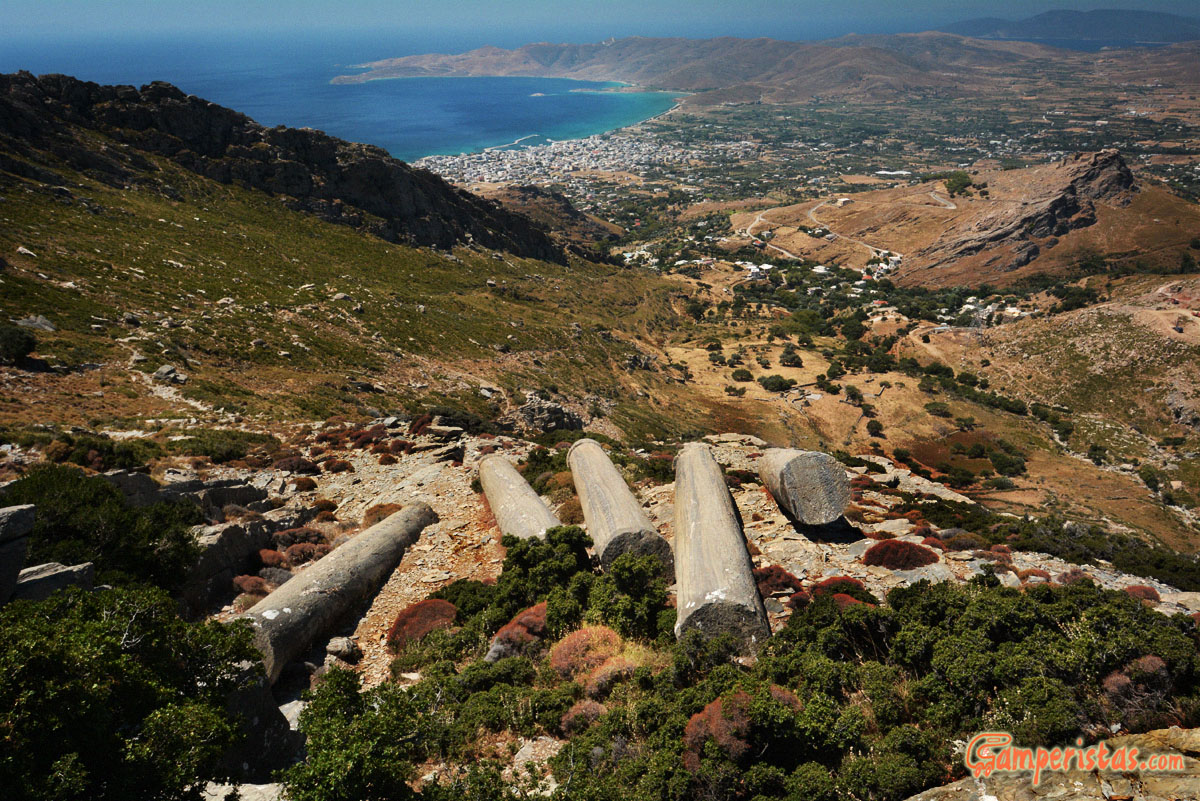
|
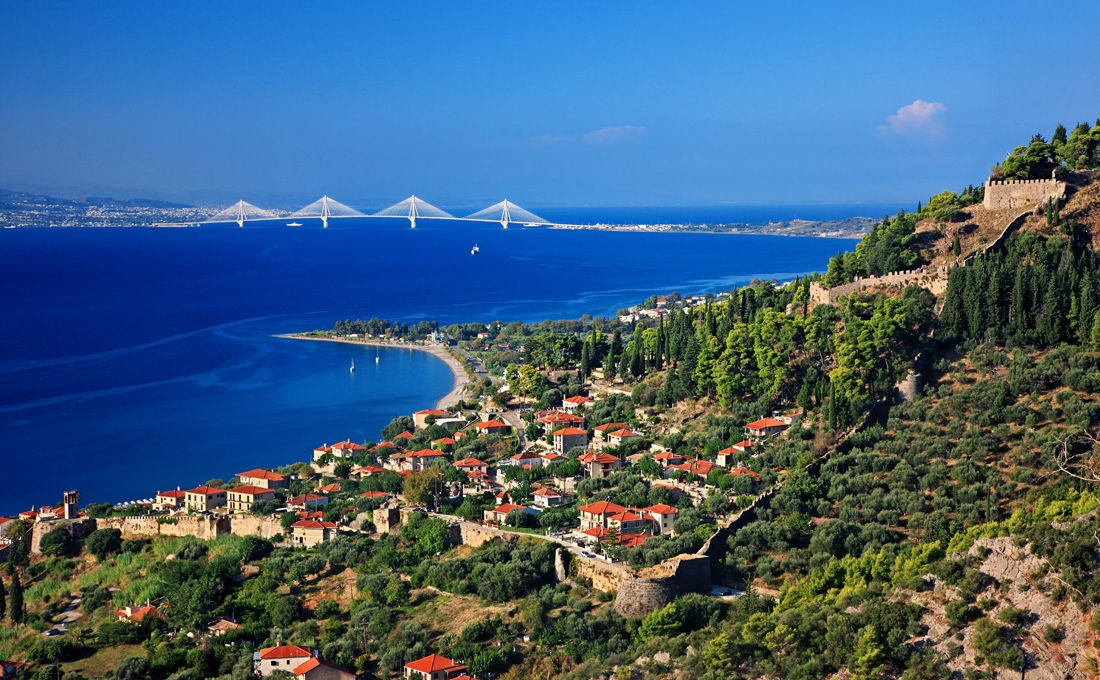
|
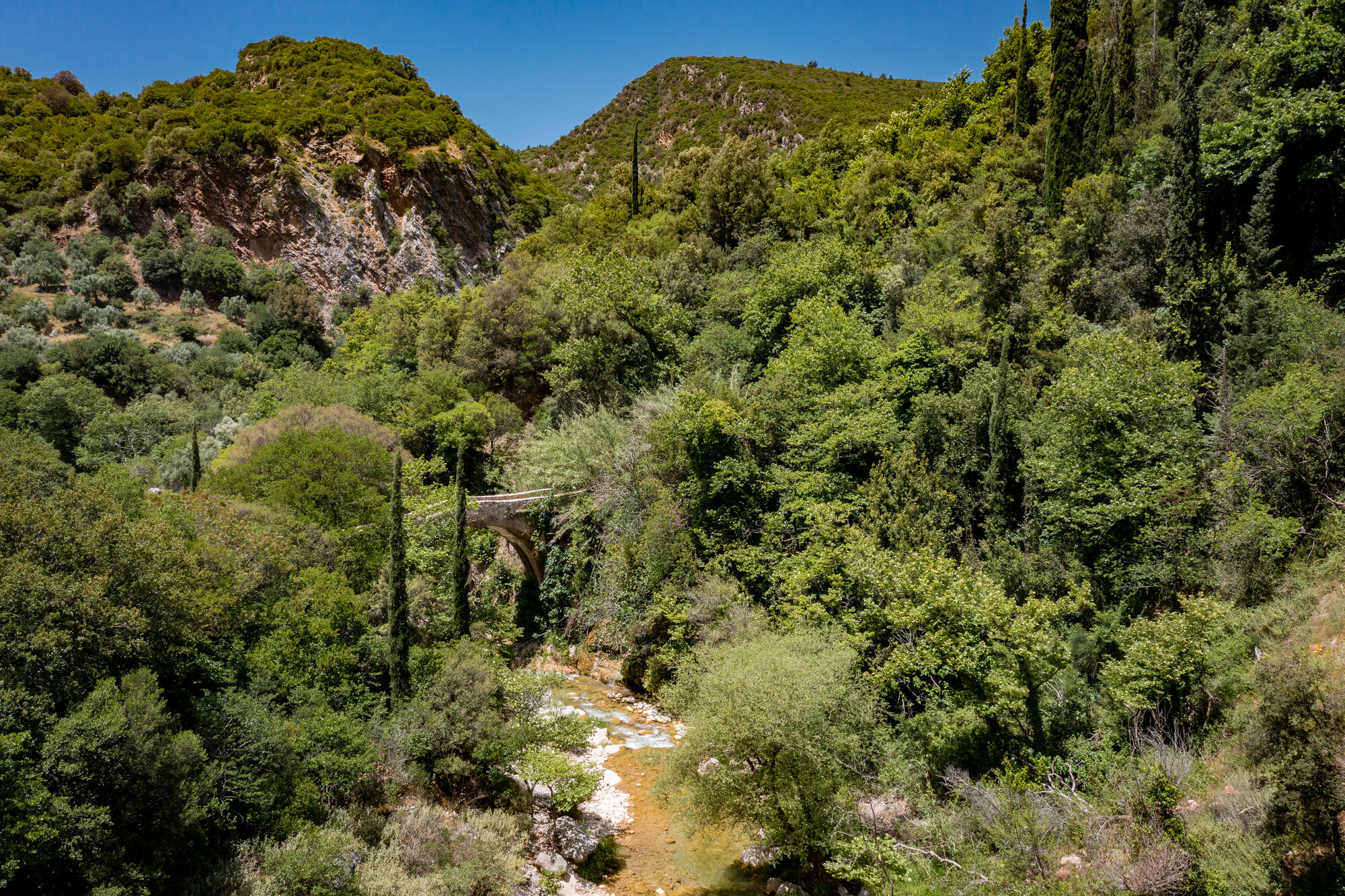
|

|
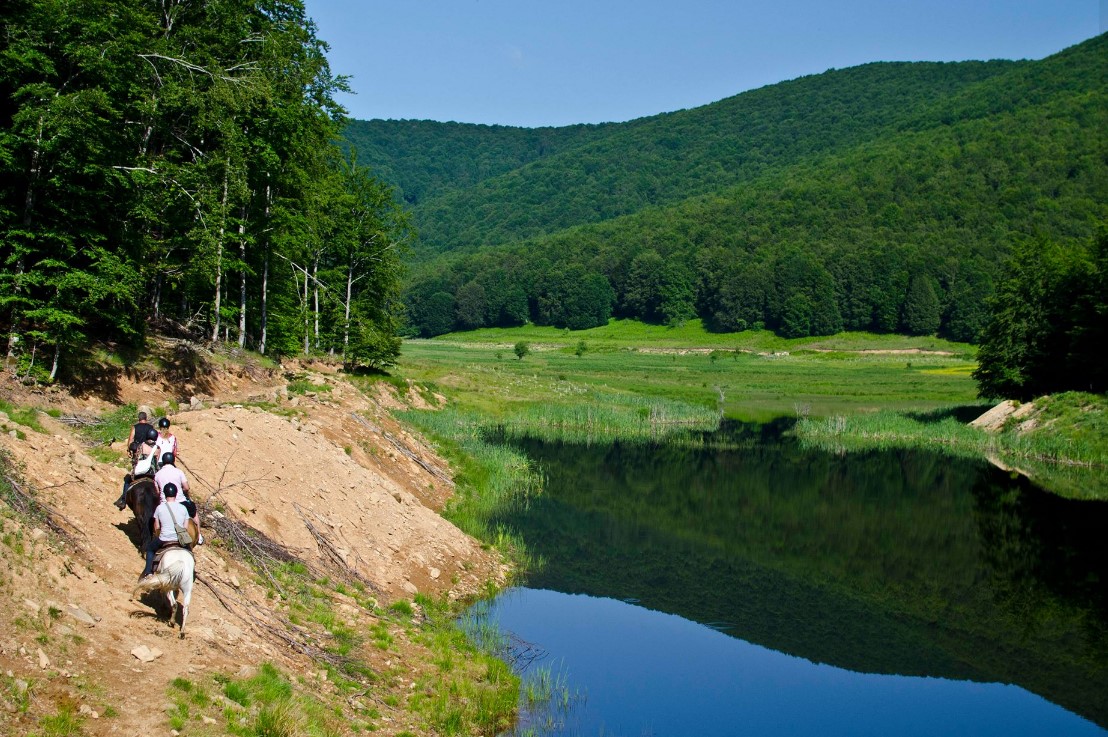
|

|

|
Weather Fronts
Southern Hot Winds
Since Greece is the southernmost country in the Balkans it is exposed to a south wind coming directly from Africa, thus southern winds are almost always warm and dry, they usually increase the temperature significantly and thus during the winter these winds are concern for snow conditions, and during the summer these winds produce deadly heatwaves that can reach up to 43C. So, depending on the season and how North your objective is, it may be reasonable to utilize these weather events.
Northern Cold Front
During the winter most storms are the 'Siberian' cold winds coming directly from the Eastern European Plains. These winds bring the cold dry storms that bring snow to Athens and generally the Eastern part of Greece.
(New) Wet Storms
This has been happening more frequently since 2019 and usually takes place from February through May and September through November, these storms bring warm humid clouds from the South Mediterranean and are met with powerful cold fronts from the Black Sea resulting in them being trapped on the East side of the Pindos range. Esentially, a meeting of the two aforementioned weather events. The extreme floods of September 2023 during Storm Daniel were a result of such an event which saw record breaking rainfall on the Lamia plains. While this may have been a historically rare event, due to changing weather patterns it has become more common, and the general level of percipitation on the East of the country including Evia has increased dramatically during storm cycles.
Winds and Snowfall
Winds
Snowfall
Seasonal Weather
Snow
It usually starts snowing during late-November to mid-December with Olympus, Smolikas, and Dirfis being the first to see snow. The snowfall continues with ski resorts opening around or before New Years, with most of the snowfall now taking place in February to March. The longest snow-cover is on Smolikas and Olympus, with both retaining snow from May to June. Olympus may see dusting from October given extreme weather, but it is highly unlikely for it to see continuous snow cover before November.
Winds
During the summer Greece generally has calm weather on land although the islands of the Aegean Sea experience very strong winds after late July until early September (the “meltemia”). On land it tends to be windy during times with high differences in sea temperature, this is usually from October to November and April to May.
Rain
The rain patterns have started to change with rains expected from March to May and September to November. The historic average suggests high relative rainfall during the winter months as well. Although measured in volume, rainfall is more extreme in spring and fall.
Weird or Unexpected Weather
There are many weird weather patterns that can be experienced in some of the mountains in Greece.
- Until late December mountains east of Chelmos in Peloponnese are quite arid,
- Dirfi west face is skiable from mid December after a storm,
- During early spring the weather in the North Aegean and Cyclades islands is mainly stormy,
- The last snow-patches melt on Olympus during June,
- There are turns to be had until late May at a number of mountains on good seasons,
- The weather in the Vikos Gorge region is very unstable during the summer and generates near daily thunderstorms at around 3pm.
Extreme Cold
The coldest temperature recorded has been in Ptolemaida at -27.8C.


